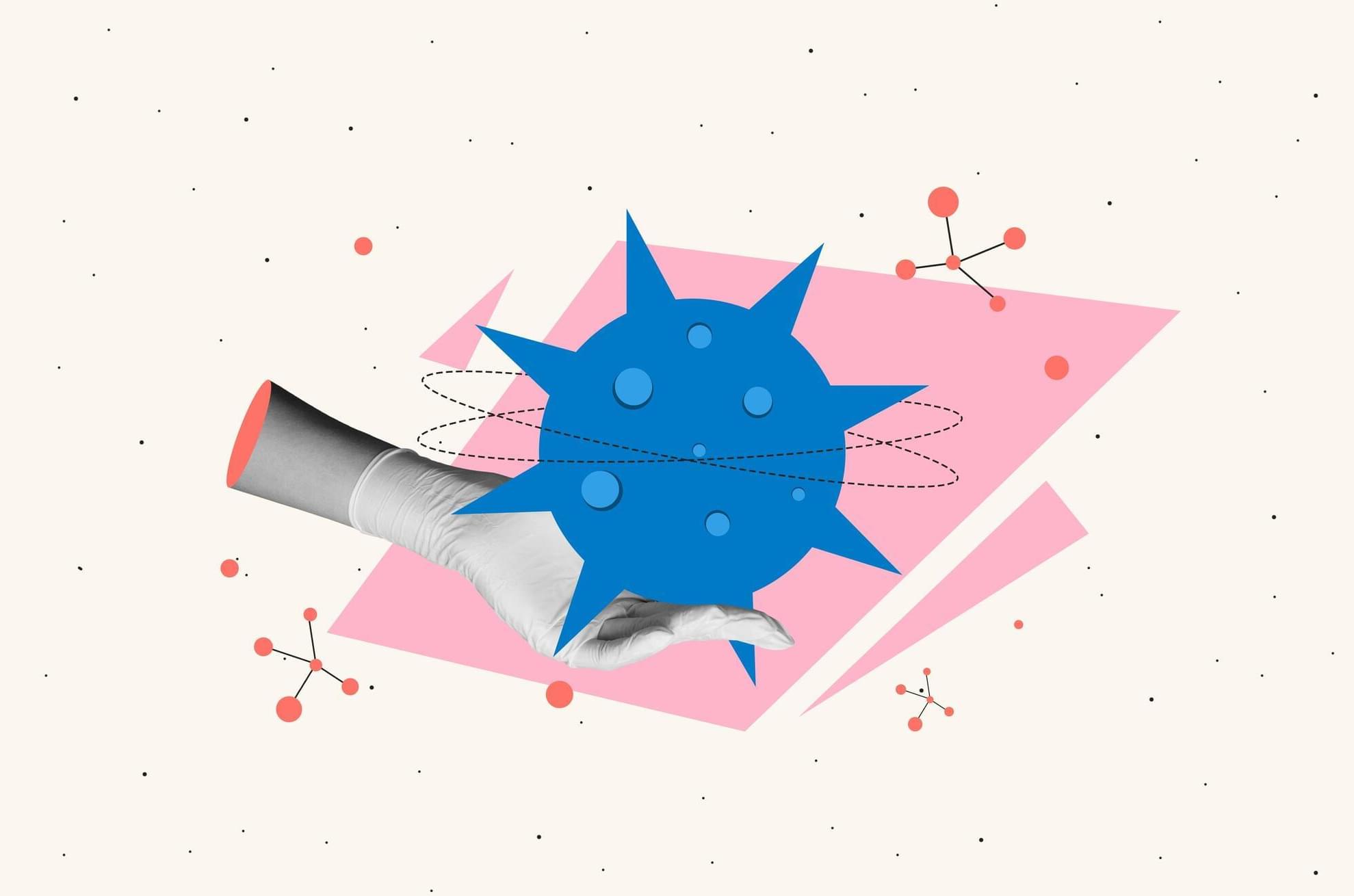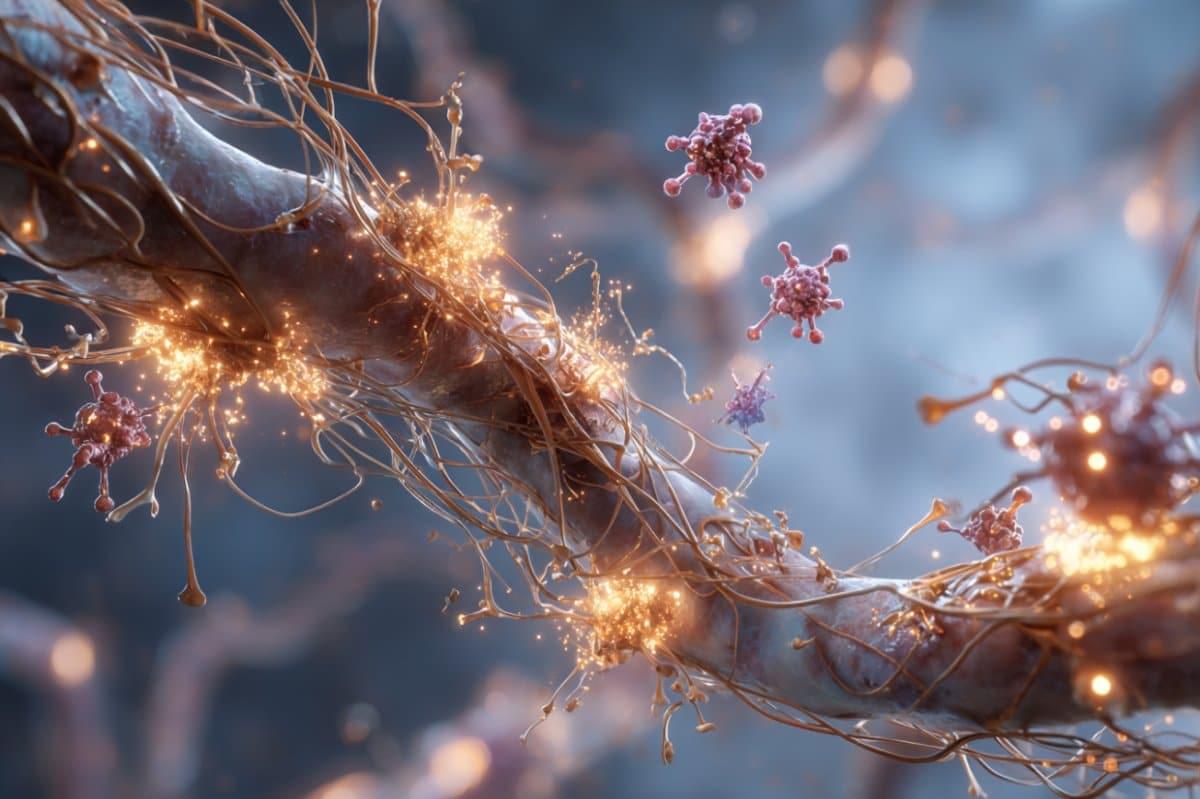“No matter who you are, most of the smartest people work for someone else.” — Bill Joy (co-founder of Sun Microsystems)
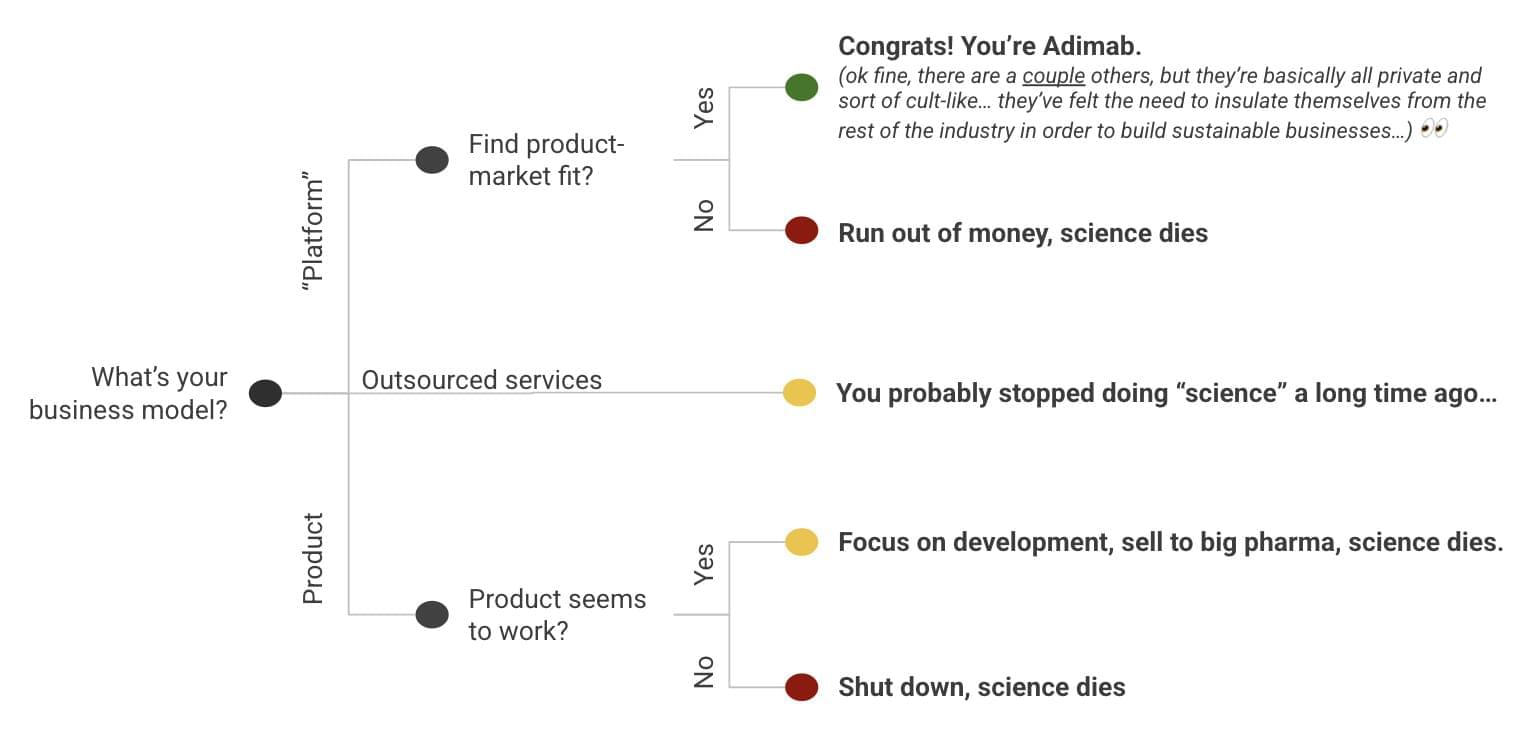


Healthy brain function relies on a steady supply of blood. Disruptions in blood flow are linked to major neurological conditions like stroke, Alzheimer’s disease (AD), and traumatic brain injuries. But understanding how the brain fine-tunes this flow—especially across its smallest blood vessels—remains a challenge.
The brain’s blood supply includes a vast network of vessels, ranging from large arteries to microscopic capillaries. Between these lie transitional zone (TZ) vessels—such as penetrating arterioles, precapillary arterioles, and capillary sphincters—that bridge the gap and may play a big role in regulating flow. But their exact contribution, particularly during increased brain activity, remains a subject of scientific debate.
To explore these dynamics, researchers from the College of Engineering and Computer Science at Florida Atlantic University and the FAU Sensing Institute (I-SENSE) developed a highly detailed computer model of the mouse brain’s vasculature, treating each vessel segment as a tiny, adjustable valve.
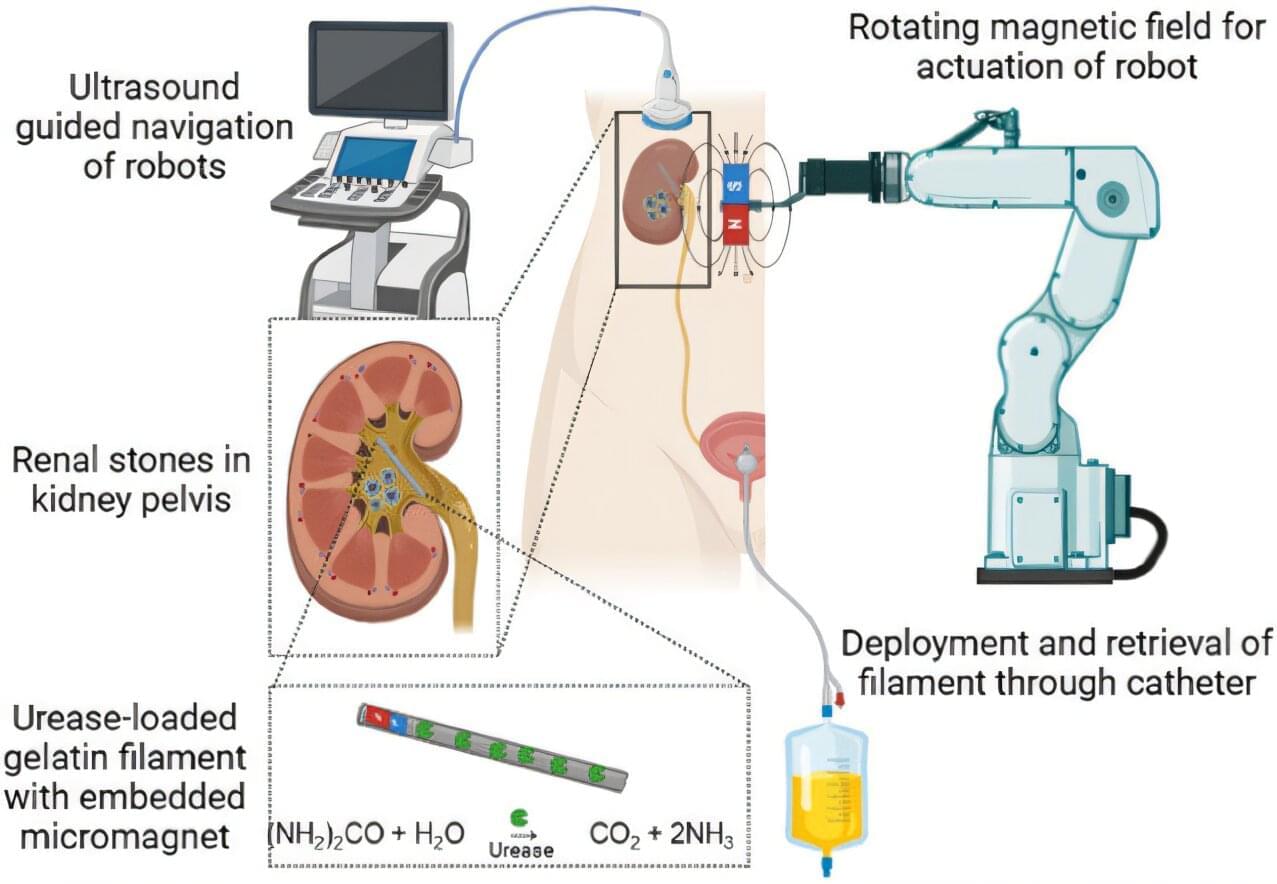
An international research team led by the University of Waterloo is developing technology to dissolve painful kidney stones in the urinary tract using tiny robots. The research is published in the journal Advanced Healthcare Materials.
The new technique, tested in a life-size, 3D-printed model, features thin, spaghetti-like strips fitted with magnets that can be moved into place near uric acid kidney stones with a robotic arm operated by doctors.
The soft, flexible robot strips are about a centimeter long and contain an enzyme called urease. Once in place, the urease reduces the acidity of the surrounding urine, thereby dissolving stones until they are small enough to pass naturally in just a few days.
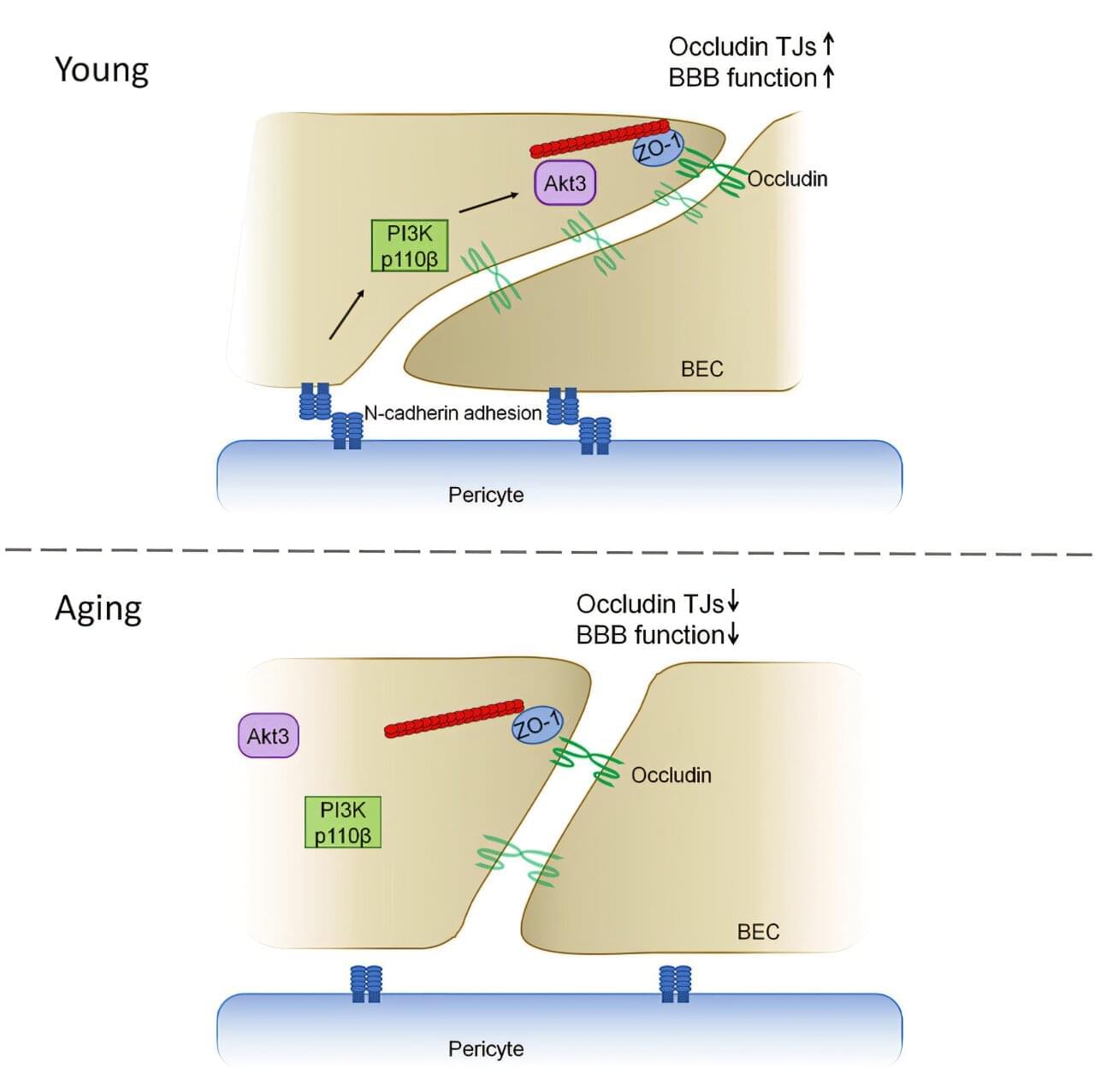
A new study from researchers at the University of Illinois Chicago reveals how the blood-brain barrier gets leakier with age, contributing to memory deficits. The study, published in Cell Reports, uncovered the molecular mechanisms behind this process and could provide new therapeutic targets to address cognitive decline earlier in the aging process.
The blood-brain barrier is a layer of cells lining the brain’s blood vessels that keep viruses, bacteria and toxins out while allowing helpful nutrients and chemicals in. A key structure of the blood-brain barrier are tight junctions that act as bridges between cells, restricting entry of molecules. A protein called occludin helps fulfill this essential role.
“It’s a highly regulatable process that allows some molecules to go through and others to remain in circulation,” said Yulia Komarova, UIC associate professor in the department of pharmacology and regenerative medicine at the College of Medicine and senior author of the study. “Basically, it’s a mechanism that separates the central nervous system from everything else.”
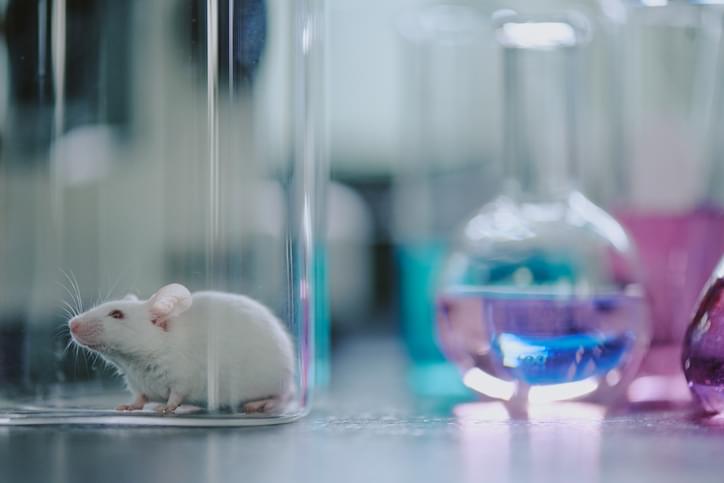

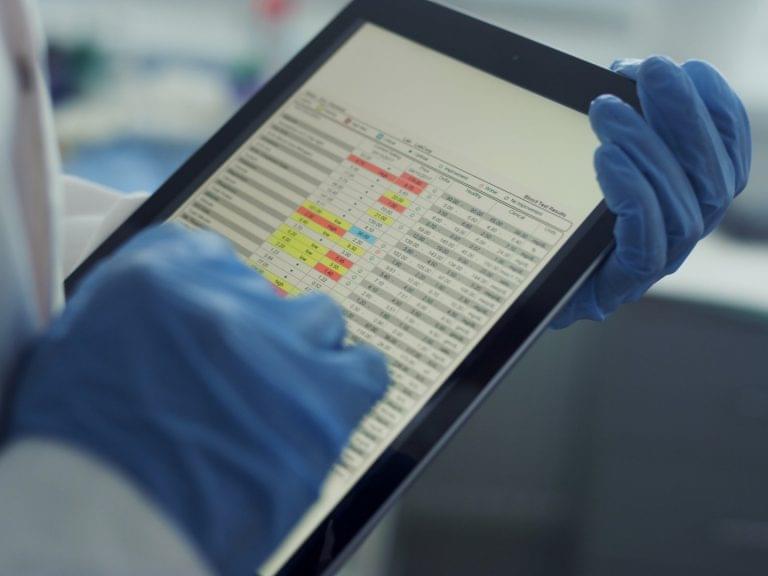
A new artificial intelligence tool will help Stanford Health Care physicians inform patients of their test results, with the goal of reducing administrative tasks.
